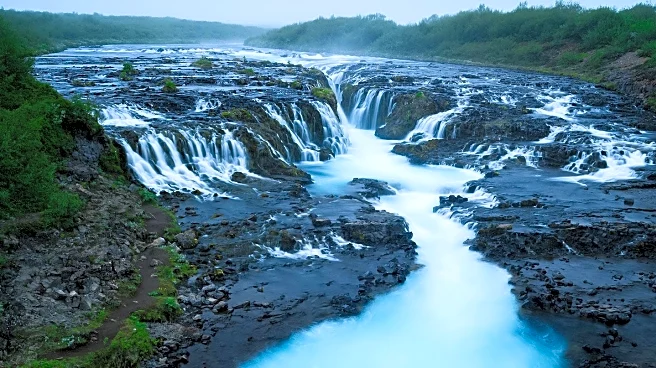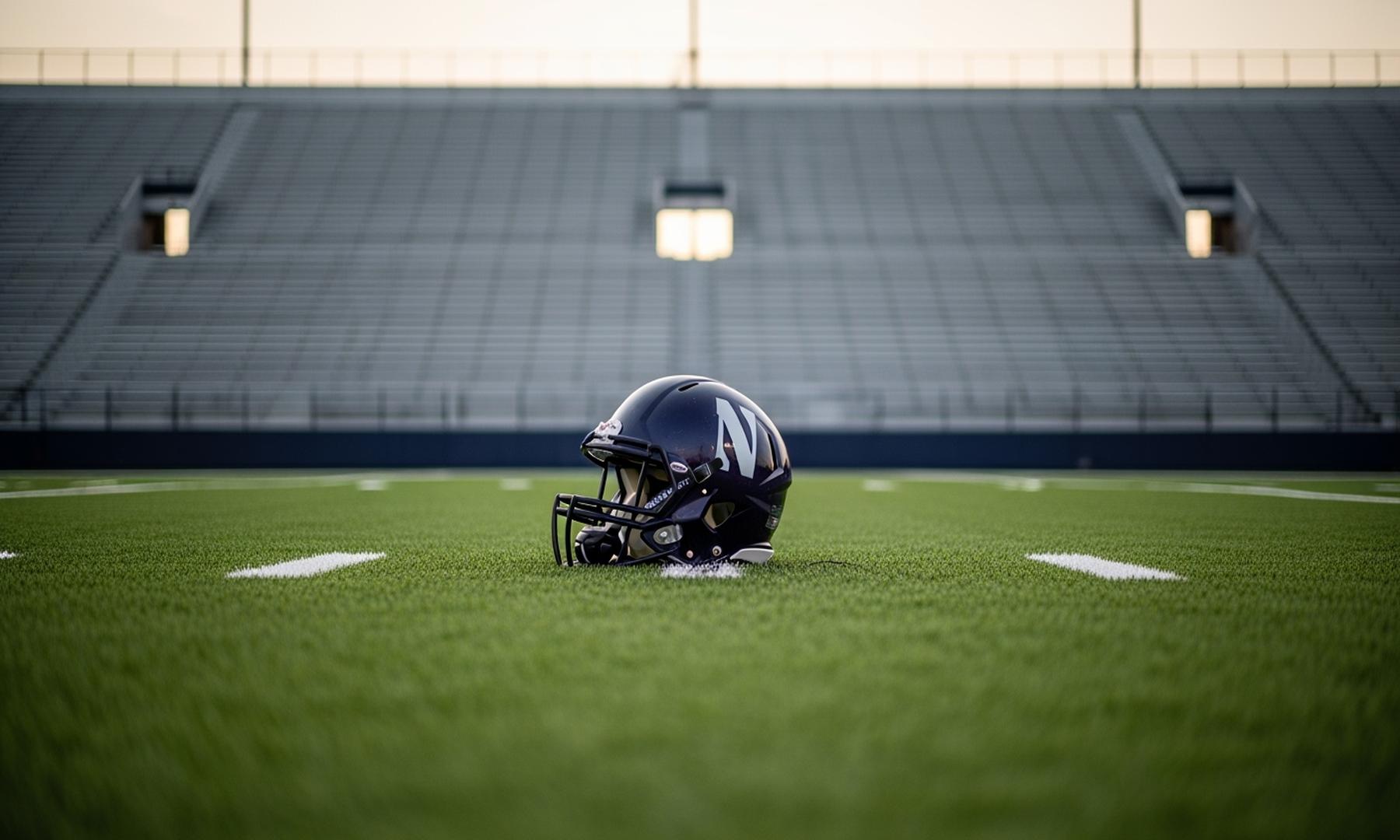What's Happening?
The Glendale Narrows segment of the Los Angeles River offers a unique natural environment amidst urban development. Unlike other parts of the river, this area remains unpaved due to its high water table,
allowing for a rich ecosystem to thrive. Conservationist Jason Wise highlights the area's abundant wildlife, including crayfish, Canada geese, and various bird species. The river's history as a free-flowing waterway and its transformation into a concrete channel is discussed, with the Glendale Narrows serving as a reminder of the potential for natural restoration.
Why It's Important?
The Glendale Narrows represents a successful example of urban ecological preservation, demonstrating the potential for cities to integrate natural landscapes within their infrastructure. This area provides a habitat for diverse wildlife and offers recreational opportunities for residents, contributing to the community's quality of life. The preservation of such natural spaces is crucial for maintaining biodiversity and ecological health in urban environments, serving as a model for sustainable urban planning.
What's Next?
Efforts to further enhance the natural landscape of the L.A. River are ongoing, with discussions on how to balance urban development with ecological preservation. Conservationists and city planners are exploring ways to expand natural areas along the river, potentially increasing green spaces and wildlife habitats. These initiatives aim to foster a deeper connection between residents and their environment, promoting sustainability and community engagement.
Beyond the Headlines
The Glendale Narrows highlights the broader implications of urban development on natural ecosystems. It serves as a case study for the challenges and opportunities in rewilding urban areas, emphasizing the importance of learning from past mistakes to create a more sustainable future. The area encourages reflection on the role of nature in urban settings and the potential for cities to embrace ecological restoration.












